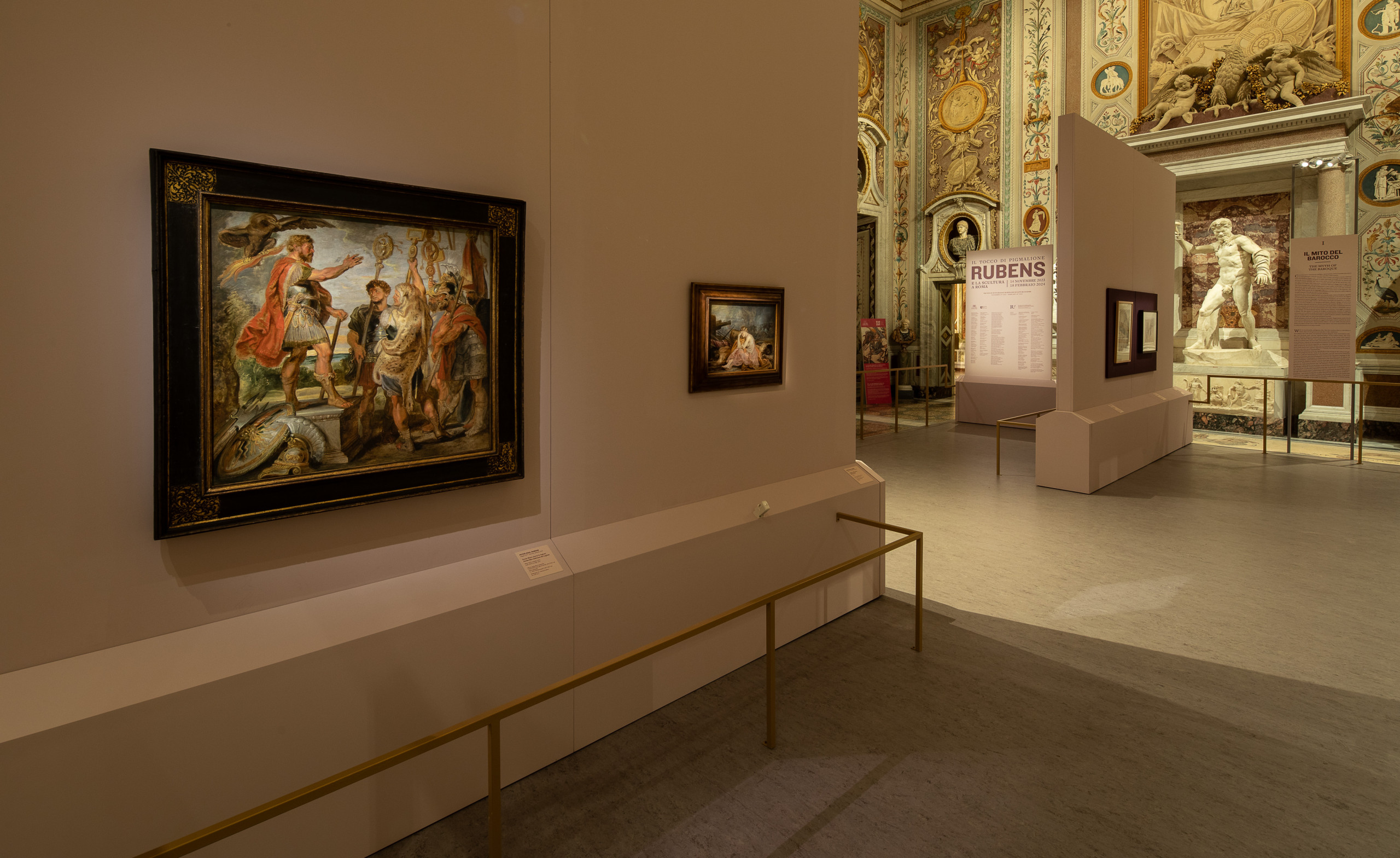THE MYTH OF THE BAROQUE

With its intentionally ambiguous title, this first section aims to introduce a theme that is both general and specific to this exhibition.
According to the 20th-centry art historian Giuliano Briganti, Peter Paul Rubens (Siegen, 1577-Antwerp, 1640) was the “spiritual father” of the Italian artists, like Gian Lorenzo Bernini, whose art sustained the magnificence of the Urban VIII’s papacy (1623–44). The label “Baroque” was coined little more than two centuries ago to refer to the art of those years (but not only), yet scholars have still not established a unanimous definition. Indeed, its chronological boundaries are problematic; its geography is complex, and even its true protagonists are disputed. On the other hand, there is one claim accepted by all scholars: Rubens was an essential and major contributor to the birth of this utterly new, explosive figurative language that inspired Europe for almost 150 years, up to the era of Neoclassicism.
Proposing this exhibition of his art, specifically in the setting of the Galleria Borghese, means going beyond the “myth of the Baroque” and the theoretical definition of a label. It calls for interpreting the components of this European language in the time of its formation and early propagation, between the rediscovery of Nature (in Prometheus Bound in Philadelphia, in collaboration with Franz Snyders) and the rediscovery of Antiquity (represented by various drawings along the itinerary, including those painted by Rubens in Rome, starting with the Borghese Centaur, presently in the Louvre). With visual shortcut tips, the exhibition reveals others components of Rubens’s art, exploring his new grammar of the human body and bringing into focus his dialogue with great masters of Italian painting, in particular, Caravaggio, Leonardo and Titian. To this end, a decision was taken to maintain attention throughout the exhibition on the artist’s relationship with sculpture: both ancient sculpture – through which Rubens learned how to imbue his pictorial creations with vitality and dynamism – and modern sculpture (Italian and Flemish), heir of many of his most brilliant formal insights. In brief, Rubens was able to give new life to ancient myths without ever losing
sight of the reality around him.